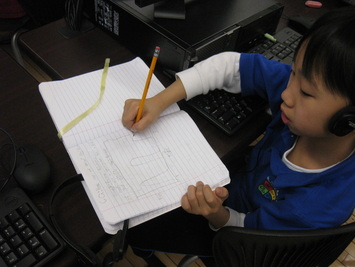
How would you be able to count birds in the wild without being able to see them?With the help of a spectrogram identifying the bird's call, of course!
Applying all that they learned about sound, its properties, and the ways in which it can be represented, third graders created ways to visually represent actual bird calls. Their work will be able to help anyone distinguish between the calls of cardinals, blue jays, common loons, mourning doves, and eastern wood-pewees while out in the wild!
Listen to the actual bird calls!
Applying all that they learned about sound, its properties, and the ways in which it can be represented, third graders created ways to visually represent actual bird calls. Their work will be able to help anyone distinguish between the calls of cardinals, blue jays, common loons, mourning doves, and eastern wood-pewees while out in the wild!
Listen to the actual bird calls!
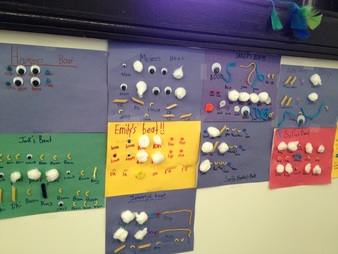
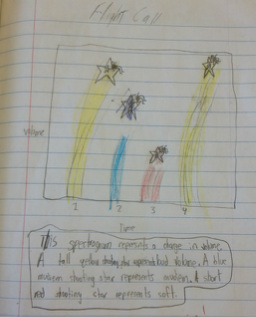
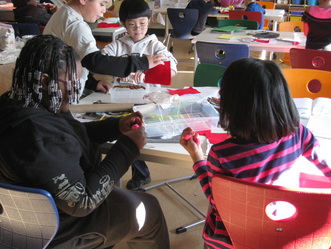
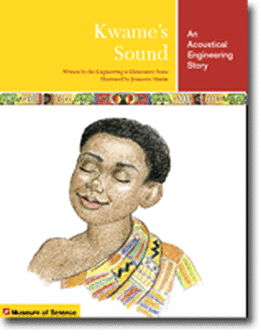
 RSS Feed
RSS Feed